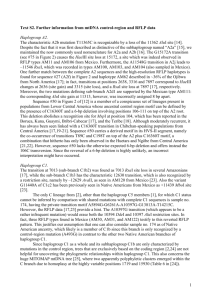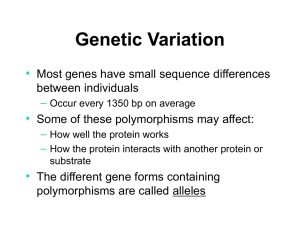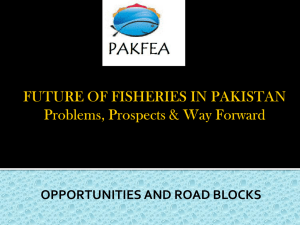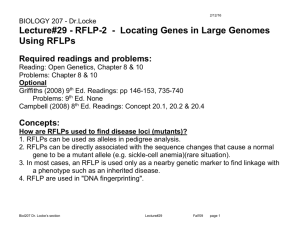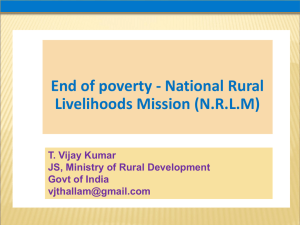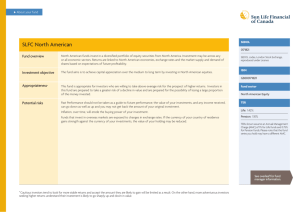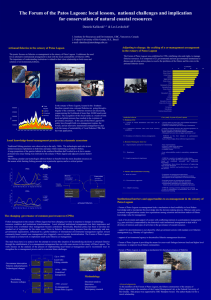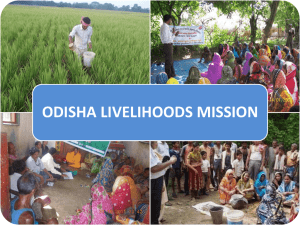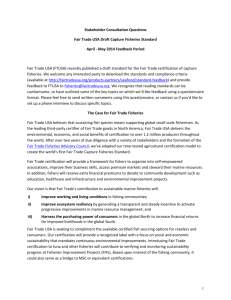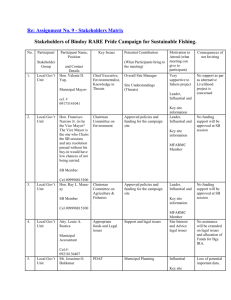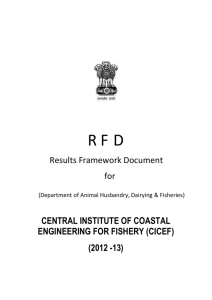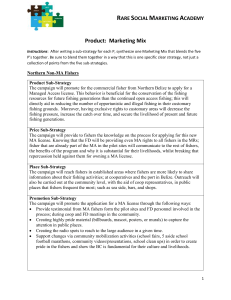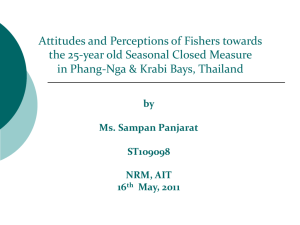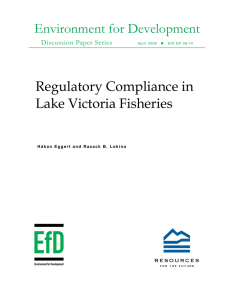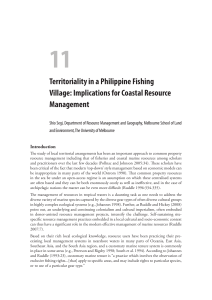Regional Fisheries Livelihood Programme for South and Southeast
advertisement
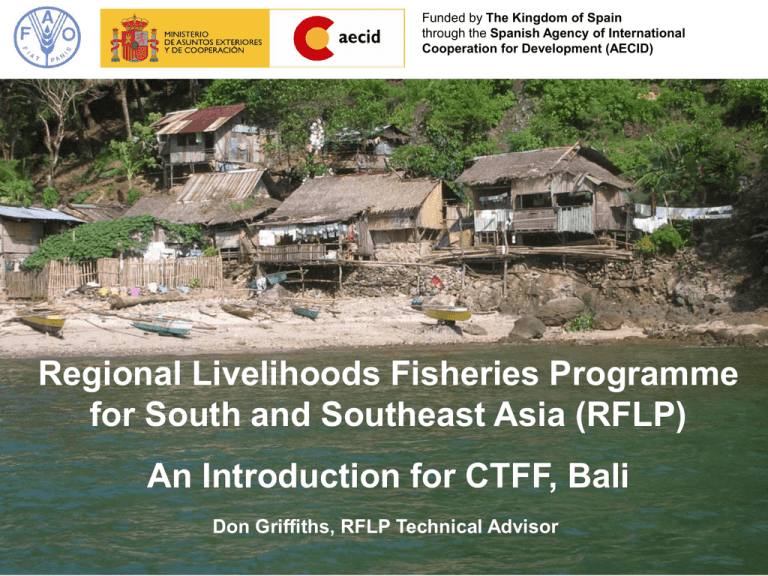
Funded by The Kingdom of Spain through the Spanish Agency of International Cooperation for Development (AECID) Regional Livelihoods Fisheries Programme for South and Southeast Asia (RFLP) An Introduction for CTFF, Bali Don Griffiths, RFLP Technical Advisor Where is RFLP being implemented? Viet Nam Philippines Cambodia Sri Lanka Timor-Leste Regional Fisheries Livelihoods Programme for South and Southeast Asia Indonesia RFLP Outcome Strengthened capacity among participating small-scale fishing communities and their supporting institutions towards improved livelihoods and sustainable fisheries resource management Who are the main beneficiaries? Coastal fishers, processors, traders and their families, their organizations and their communities, including the local authorities Other beneficiaries are government organizations and institutions responsible for the administration, management and development of the coastal fisheries at local, district/province and national levels RFLP Outputs Co-management mechanisms for sustainable management of fishery resources; Improved safety and reduced vulnerability; Improved fishery product quality and market chains; Strengthened and diversified livelihoods for fisher families; Facilitated access to MFS for fishers, processors and vendors; Regional knowledge sharing Output 1 Co-management Revision and drafting of national and local policies and legislation Improved fishing boat registration Strengthening of stakeholder organization capacity Co-management training for officials & community members Facilitation of participatory mechanisms for planning, monitoring and overseeing RFLP activities Development & implementation of fisheries management plans Output 2: Safety at sea and vulnerability reduction Assessments of accidents and their causes; Awareness campaigns of dangers and hazards; Training of fishers, boat builders, inspectors in fishing boat safety; Enhancement of disaster preparedness; Boat construction and safety equipment guidelines and regulation development; Provision of communication systems and safety equipment; Multi-purpose early warning systems Output 3: Post-harvest and marketing Public awareness campaigns on food safety issues; Training on fish handling, processing and business management for processors and traders; Value chain analysis; Improved landing centre management; Piloting of value addition and marketing; Linkage of fishers and markets Improved market information mechanisms Output 4: Strengthened and diversified livelihoods Livelihood & gender analysis; Strengthening of current options; Prioritization of new options based on financial, technical, environmental, social impact and market assessments; Piloting of alternative options; Training in diversified income options; Pilot operations for small-scale aquaculture. Output 5: Facilitated access to Micro-Finance Services Review available MFS for coastal fisher communities; Policy revision and drafting; Awareness raising for coastal fishers of available MFS; Training on financial planning and management for coastal fishers Training of MFS providers on fishery sector needs and issues; Simplify and modify saving and lending systems; Publication of microfinance briefing materials. Current RFLP Status National and regional 2010 activity work plans and budgets approved Currently recruiting consulting companies, institutions, regional organizations, individuals to conduct RFLP baseline survey Seeking collaborating partners For additional information: don.griffiths@fao.org THANK YOU FOR YOUR ATTENTION
